The supercollider is now being used to explore quantum phenomena, including a “magic” form of quantum entanglement.


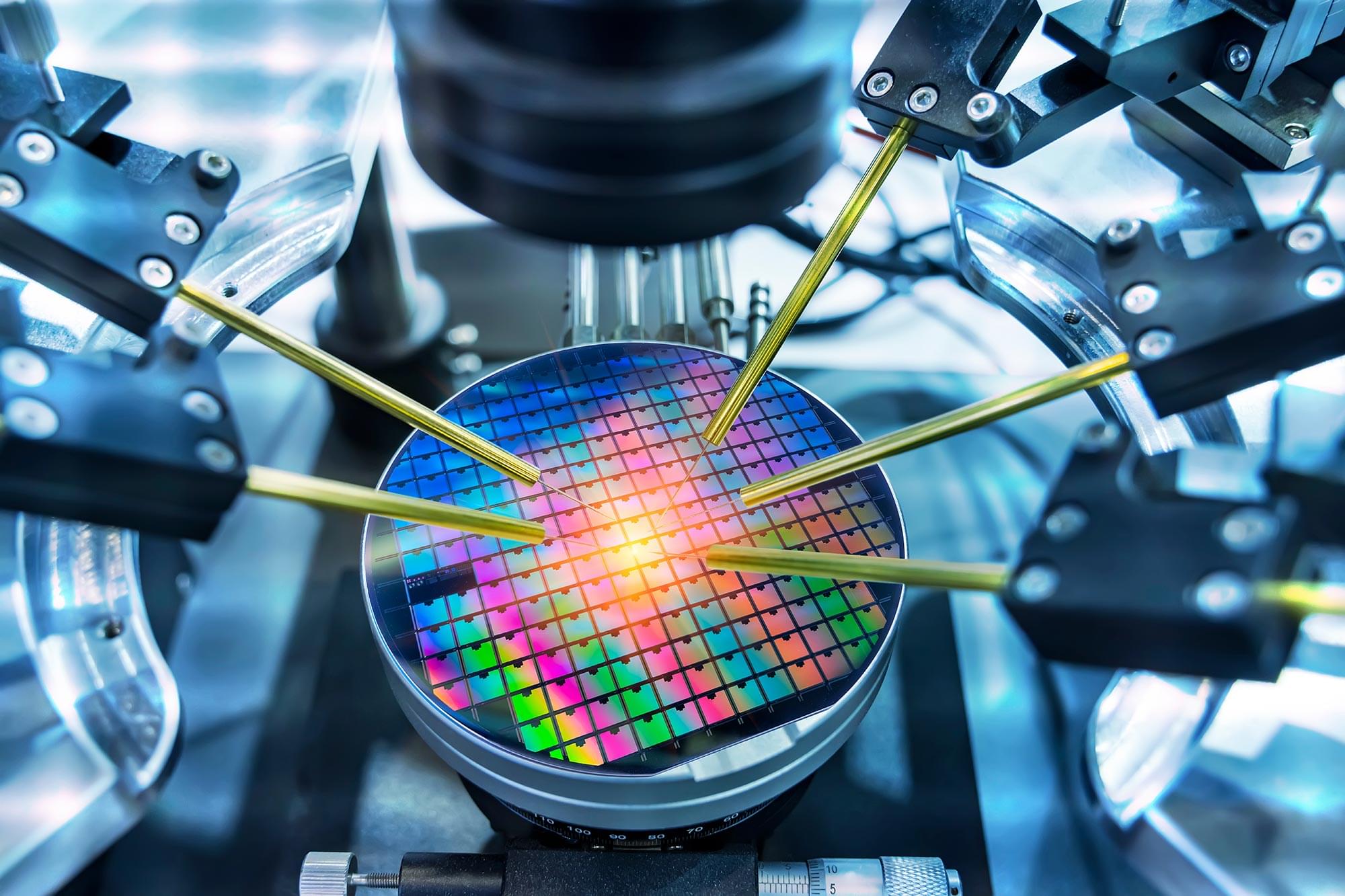
Stephen Wolfram is a physicist, mathematician, and programmer who believes he has discovered the computational rules that organize the universe at the finest grain. These rules are not physical rules like the equations of state or Maxwell’s equations. According to Wolfram, these are rules that govern how the universe evolves and operates at a level at least one step down below the reality that we inhabit. His computational principles are inspired by the results observed in cellular automata systems, which show that it’s possible to take a very simple system, with very simple rules, and end up at complex patterns that often look organic and always look far more intricate than the black and white squares that the game started with. He believes that the hyperspace relationships that emerge when he applies a computational rule over and over again represent the nature of the universe — and that the relationships that emerge contain everything from the seed of human experience to the equations for relativity, evolution, and black holes. We sit down with him for a conversation about the platonic endeavor that he has undertaken, where to draw the line between lived experience and the computational universe, the limits of physics, and the value of purpose and the source of consciousness.
MAKE HISTORY WITH US THIS SUMMER:
https://demystifysci.com/demysticon-2025
PATREON
/ demystifysci.
PARADIGM DRIFT
https://demystifysci.com/paradigm-drift-show.
Material solutions to quantum spookiness: https://www.youtube.com/@MaterialAtomics.
00:00 Go!
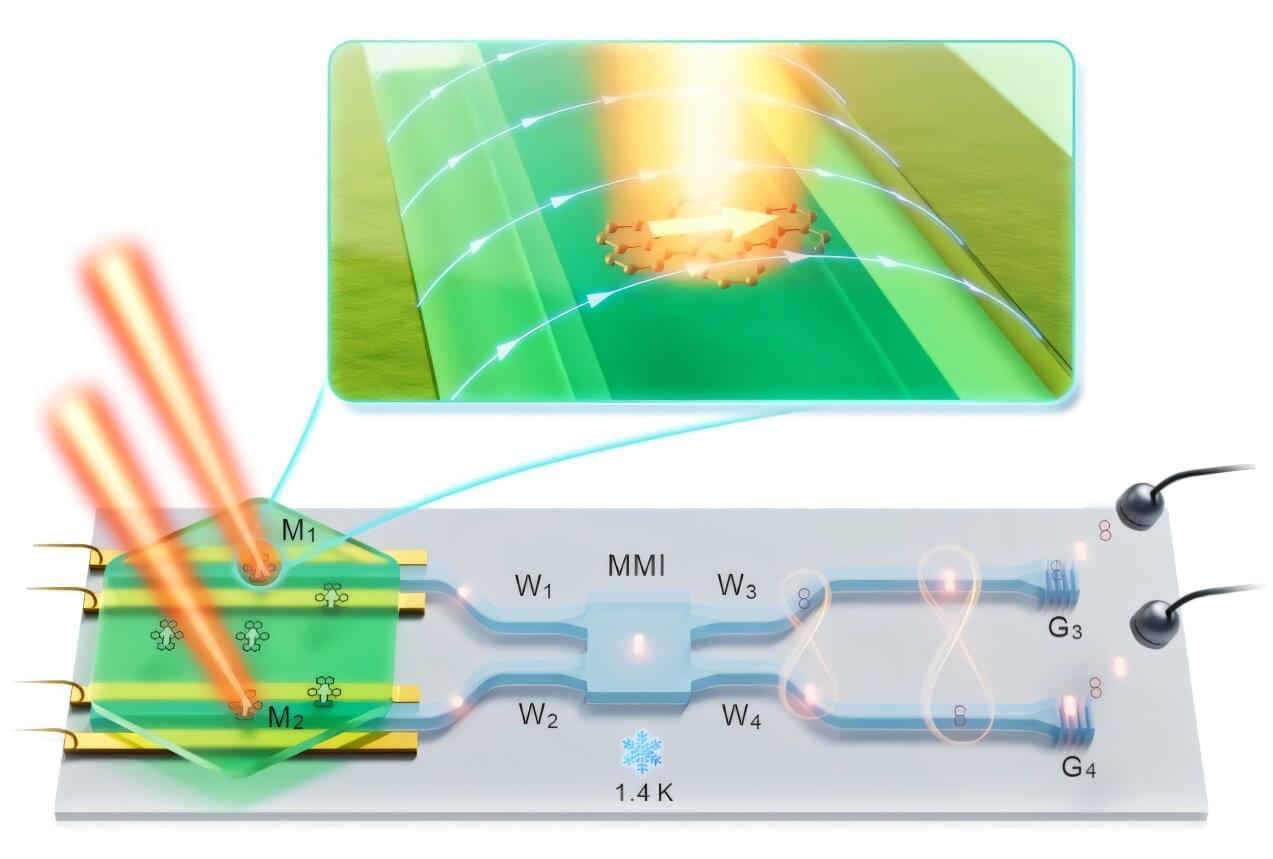
Photonic quantum processors, devices that can process information leveraging quantum mechanical effects and particles of light (photons), have shown promise for numerous applications, ranging from computations and communications to the simulation of complex quantum systems.
To be deployed in real-world settings, however, these photonic chips should reliably integrate many deterministic and indistinguishable single-photon sources on a single chip.
So far, achieving this has proved highly challenging. Most such photonic quantum chips developed so far utilize solid-state single-photon emitters that are limited by so-called spectral diffusion (i.e., the random “wandering” of their emission frequency).
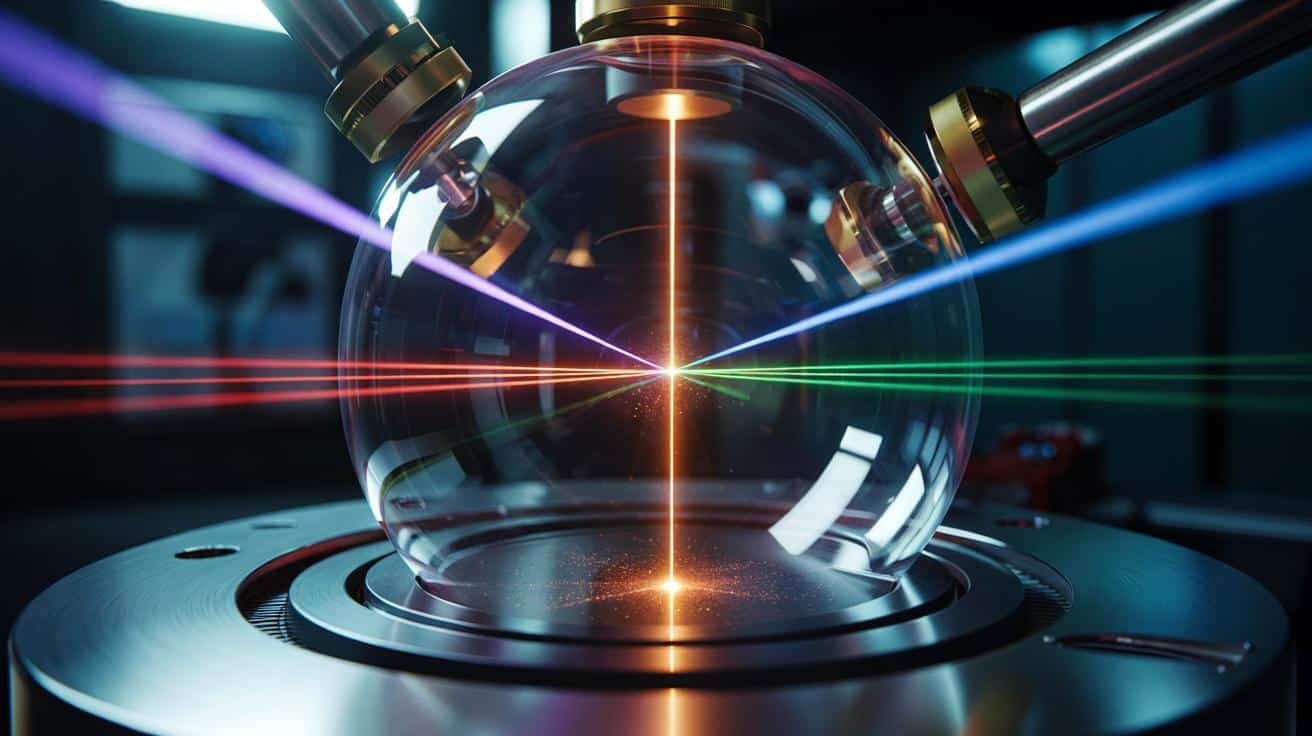
Physicists from Oxford and Lisbon have run a full 3D, time-resolved simulation showing that empty space can act like a nonlinear medium. Their model finds that three intense laser pulses make photons rebound and forge a fourth beam, echoing a long-standing prediction from quantum electrodynamics.
Classical physics treats vacuum as an absence. Quantum theory disagrees. The vacuum teems with flickering pairs of virtual electrons and positrons that borrow energy briefly and vanish. Strong electromagnetic fields can polarize those pairs. That tiny response turns “nothing” into a medium with a faint optical nonlinearity.
When three high-power laser pulses cross at the right angles and frequencies, quantum electrodynamics (QED) predicts four-wave mixing in vacuum. The combined fields nudge virtual pairs, which then mediate photon‑photon scattering. A new, phase‑matched beam should appear with a frequency and direction dictated by the input pulses.
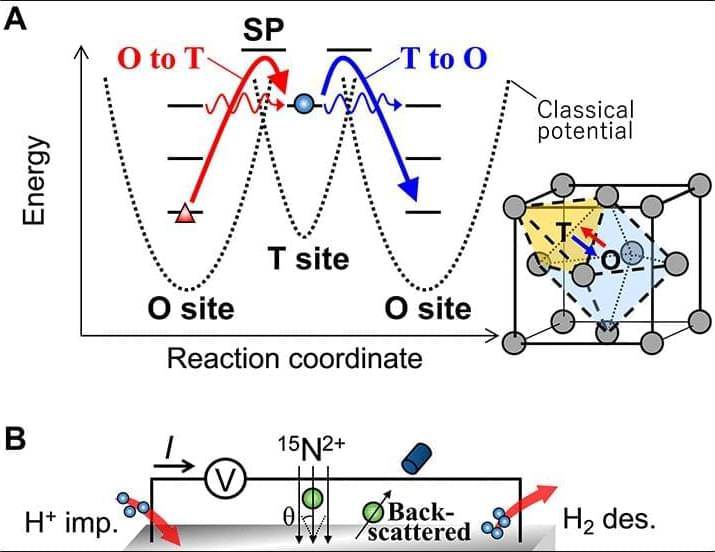
Hydrogen in materials finds various applications such as hydrogen storage and heterogeneous catalysis (1–3). Hydrogen diffusion is an elementary step for hydrogen storage and reactions and has long been studied to date. Hydrogen, as the lightest and smallest atom, manifests nuclear quantum effects including the zero-point vibration, discrete vibrational energy levels, and quantum tunneling (4). These quantum effects are believed to have a substantial impact on diffusion at low temperatures.
The interaction of hydrogen with surroundings such as phonons and electrons of host materials can be crucial for the hydrogen tunneling. It has been theoretically suggested that whereas phonon effects associated with lattice deformation bring about a positive temperature dependence in the tunneling rate, the effect of nonadiabatic electron-hole pair excitation due to the presence of the Fermi surface causes a slightly negative temperature dependence in metals (5–10). From an experimental viewpoint, however, such temperature-dependent tunneling was rarely observed except for some cases of H on metal surfaces (11–19). As for three-dimensional systems, the tunneling was only mimicked by muon, a light isotope with about one-ninth the mass of H, in the spin relaxation experiments in simple metals (20–23). Detailed experimental data of the temperature-dependent hydrogen hopping rate at low temperatures in materials are still lacking to comprehensively elucidate the quantum nature of hydrogen.
Absorbed hydrogen in metals occupies interstitial lattice locations. Figure 1A illustrates the face-centered cubic (fcc) lattice structure, where tetrahedral (T) and/or octahedral (O) sites are preferred by hydrogen. Hydrogen atoms are known to thermally diffuse between stable sites via a metastable site at elevated temperatures. At low temperature, the quantum nature appears, and the tunneling between them might also play a decisive role. Although it is recognized that the potential shape is crucial for the tunneling rate (24), the influence of the interaction with surroundings on the tunneling in an asymmetric potential between inequivalent sites such as the stable and metastable sites has hardly been considered even theoretically (25). In this regard, experimental identification of the hopping pathway is also important to address the quantum nature of hydrogen.


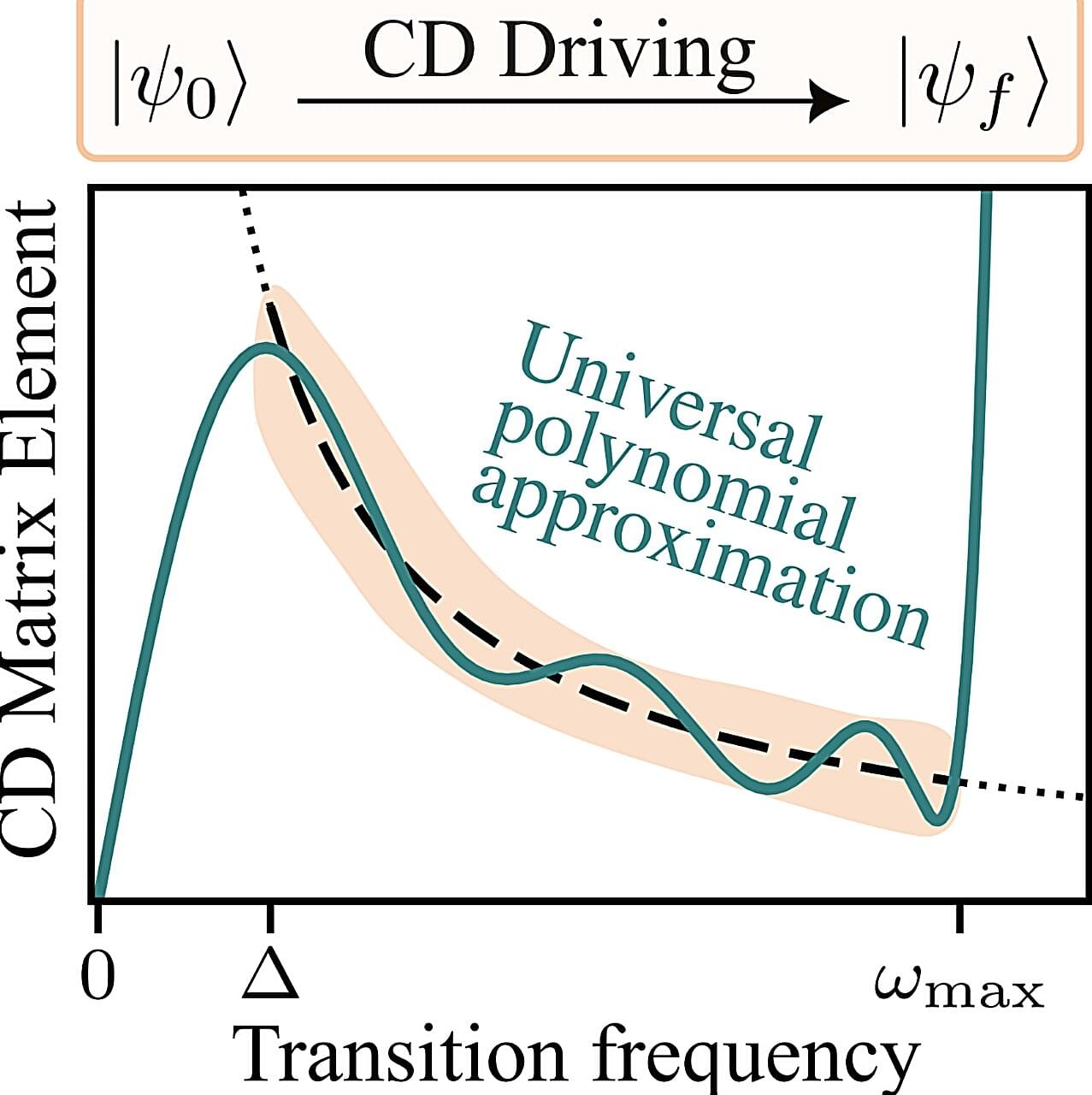
Quantum ground states are the states at which quantum systems have the minimum possible energy. Quantum computers are increasingly being used to analyze the ground states of interesting systems, which could in turn inform the design of new materials, chemical compounds, pharmaceutical drugs and other valuable goods.
The reliable preparation of quantum ground states has been a long-standing goal within the physics research community. One quantum computing method to prepare ground states and other desired states is known as adiabatic state preparation.
This is a process that starts from an initial Hamiltonian, a mathematical operator that encodes a system’s total energy and for which the ground state is known, gradually changing it to reach a final Hamiltonian, which encodes the final ground state.
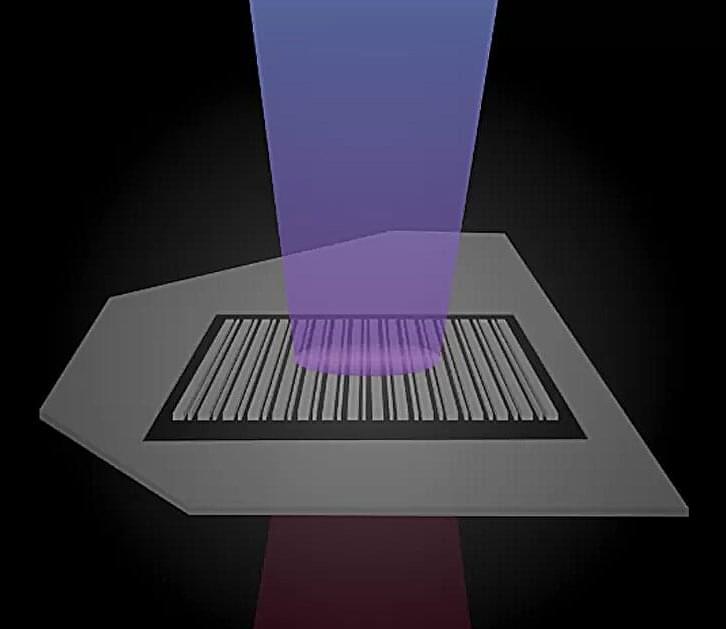
In January, a team led by Jim Schuck, professor of mechanical engineering at Columbia Engineering, developed a method for creating entangled photon pairs, a critical component of emerging quantum technologies, using a crystalline device just 3.4 micrometers thick.
Now, in a paper published in Nature Photonics in October, Columbia Engineers have shrunk nonlinear platforms with high efficiency down to just 160 nanometers by introducing metasurfaces: artificial geometries etched into ultrathin crystals that imbue them with new optical properties.
“We’ve established a successful recipe to pattern ultrathin crystals at the nanoscale to enhance nonlinearity while maintaining their sub-wavelength-thickness,” said corresponding author Chiara Trovatello is currently an assistant professor at Politecnico di Milano and was a Marie Skłodowska-Curie Global Fellow at Columbia working with Schuck.